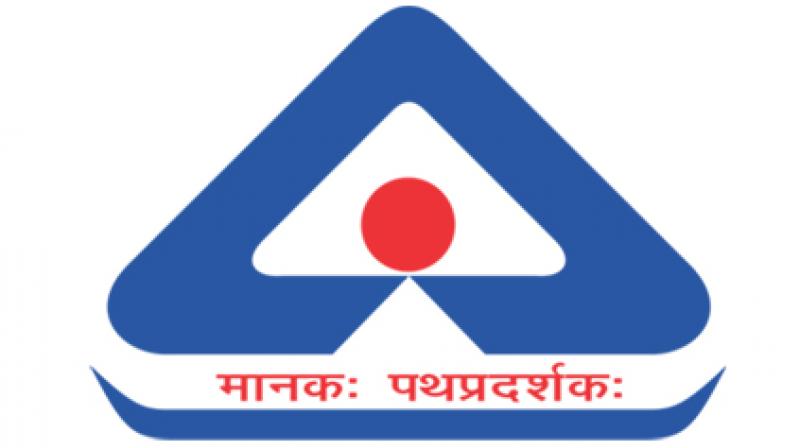Indian standards still inaccessible to people
There are about 19,000 standards created by the BIS which are not accessible to the public.

Hyderabad: If a citizen wants to know the food and agriculture standards set by the government, he or she should be ready to shell out Rs 34,700 to the Bureau of Indian Standards (BIS). Despite being a public entity, the standards are not easily available online for people.
There are about 19,000 standards created by the BIS which are not accessible to the public. Likewise, if one wants to access India’s national building code to check if the builder has adhered to the proper safety standards, one would need to spend money.
Similarly, there are several standards which could be anything including specification for the National Flag of India (cotton Khadi), electricity standards or plumbing regulations, which remain inaccessible to the public. Activists have purchased the data of around 19,000 standards and published it in the public domain. Carl Malamud, an American technologist author and information activist uploaded this information on the Internet after purchasing it since he feels every citizen was entitled to be aware of the standards. The bureau, however, had reservations over uploading the content. He filed a public interest litigation with his co-petitioners Sushant Sinha of Indian Kanoon and Srinivas Kodali, an independent security researcher, in the Delhi High Court to make Indian Standards available to all in digital form. The case was scheduled to be heard on October 9.
Speaking to this newspaper, Malamud said, “Every standard comes out after going through an elaborate process; with inputs and reviews by experts, government servants and are open for public comment. In India, citizens have the right to practice a profession of their choice but people cannot do that unless they do it safely. Salman Khurshid will be arguing for us and my lawyers are working pro-bono for this just cause.”
Malamud added, “All these standards are copyright protected on paper and for electronic versions there is digital rights management. We took 900 standards and retyped them in HTML, recoded formulas and drew the diagrams for people. In our letters to the bureau we offered to give the HTML and wanted them to host. Our goal was to get BIS into a modern era where public safety was important.”

